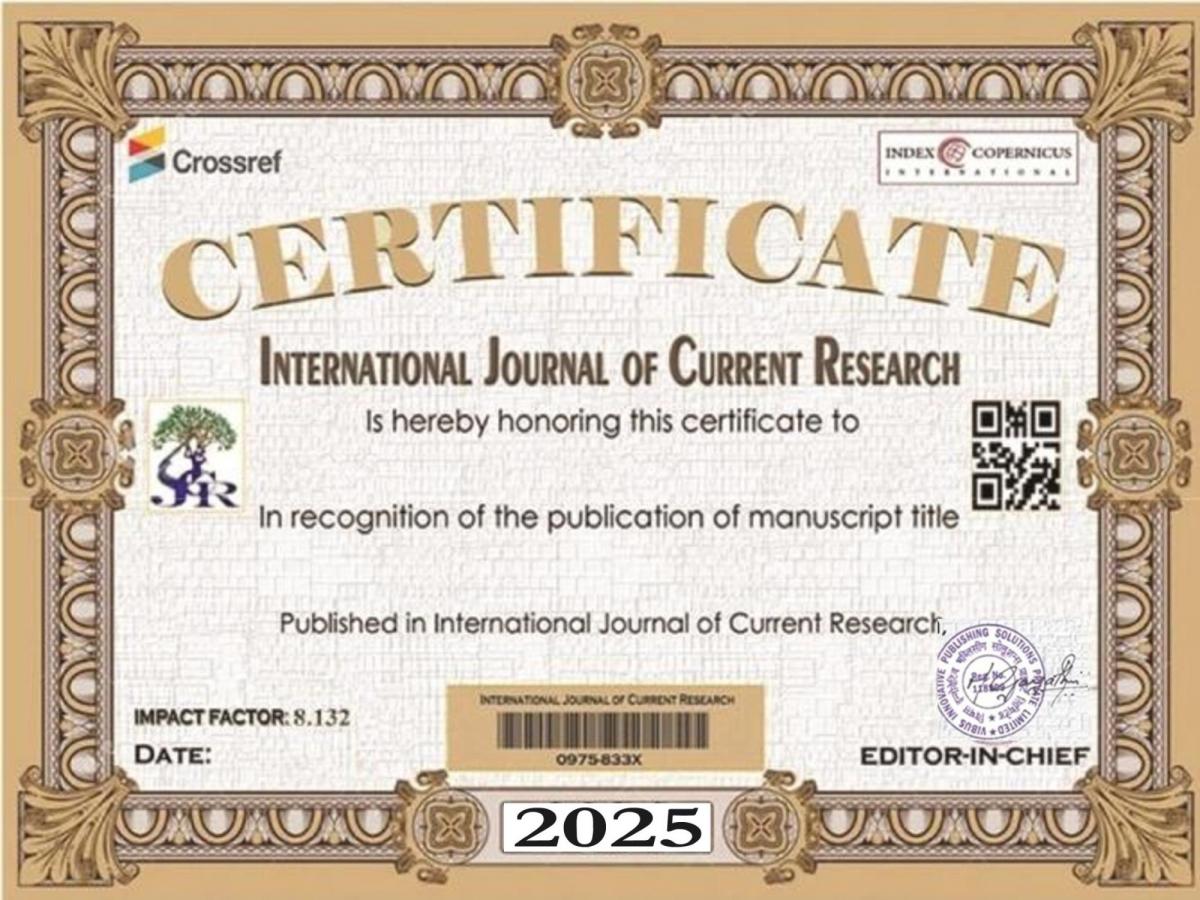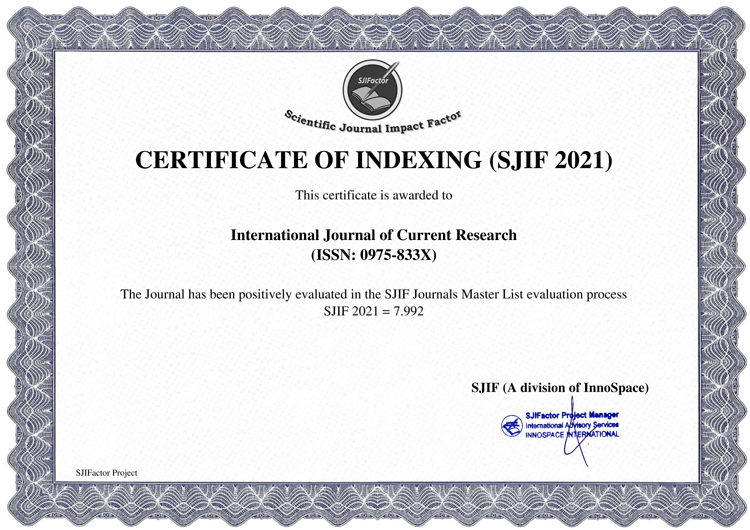Cette étude vise à une meilleure connaissance des perceptions socio-anthropologiques de l’évolution du climat. Le caractère sacré de l’évolution du climat découle du lien existant entre les composantes du milieu physique et les us et coutumes des groupes socio-culturels. Les données climatologiquesde la série 1985-2015 (station de Bohicon) ont permis d’analyser les tendances climatiques. L’accent a été mis sur l’analyse des perceptions populaires basées sur les croyances recueillies à partir des données d’enquête de terrain auprès de 312 producteurs agricoles. Les investigations attestent que 85,5 % des populations enquêtées perçoivent les fluctuations climatiques comme attribuables aux divinités ‘’vôdoun’’ du sud-Bénin. Dans les aires socioculturelles mahi et fon du sud-est, la croyance religieuse lie les événements climatiques extrêmes à un signe de colère ou de vengeance des divinités (65 %), par suite d’une négligence, d’une promesse non tenue (67 %), d’une offense ou d’une privation de cultes rituels (75 %). Bien que ces considérations religieuses tendent à disparaître dans les milieux urbains, elles continuent de régir la gestion des ressources dans les milieux ruraux. Le respect de l’inviolabilité des lieux sacrés constitue une attitude positive qui favorise la stabilité climatique (87 % des populations enquêtées). C’est pourquoi, des propositions des mesures de conservation basées sur la sacralisation des lieux (forêts d’Agbogbozoun, la rivière fétiche Hlan de Gbénou-hlanhonou ainsi que les forêts appelées « Lozounkan »)ont été faites.





